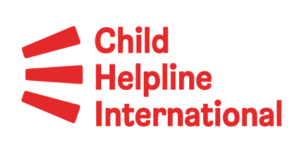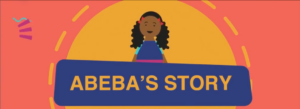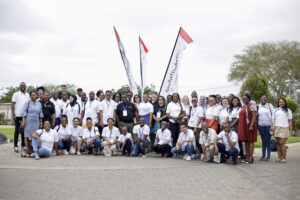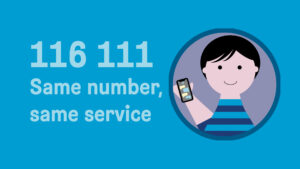Every year we survey our child helpline members to get a comprehensive regional and global picture of issues facing children and young people. Our latest report, “Voices of Children and Young People in the EU” is based on the data received from 28 child helplines in 26 countries of the European Union in the year 2018, when our child helpline members provided services to 1,268,995 contacts. The report also takes a look at some of the issues faced by children and young people in migration within the EU.
Once again, most children and young people who contacted child helplines in the EU during 2018 expressed concerns related to psychosocial and mental health. Our child helpline members received more than twice as many contacts related to mental health compared to contacts being made about family relationships, the second largest reason. Issues of abuse and violence were also important reasons why children – and concerned adults – were making contact during the year, and other main reasons for contact included questions about peer relationships and sexuality and/or sexual awareness.
It would appear that girls are more likely to contact child helplines in the EU than boys. However, it is interesting to note that it is boys slightly more so than girls who are wanting to discuss their concerns related to sexuality and sexual awareness. It is also in this particular category where we observe the highest number of contacts from children and young people who gender identification is non-binary.
You can also download a printable version of the report.
In 2019, Child Helpline International convened a multi-disciplinary Community of Practice to exchange knowledge and good practices on how child helplines can best support children and young people in migration in the EU. Although data relating specifically to children and young people in migration was relatively sparse in our 2018 data collection, discussion among this Community of Practice provided some qualitative data that sheds more light on the reasons this group makes contacts (and the possible reasons why they aren’t able to), and the issues that they are facing. Let’s ensure that every child’s right to be heard is realised, and that every child helpline has access to the resources and global network they need to help make universal children’s rights a reality.




